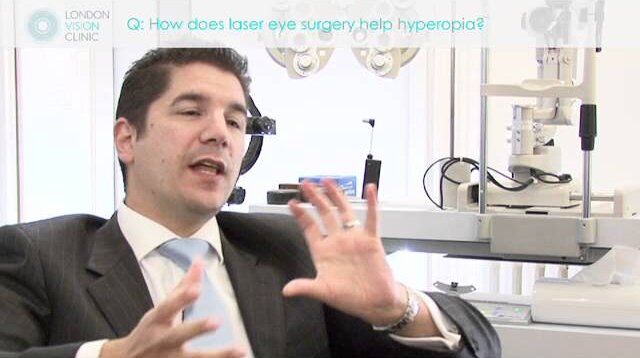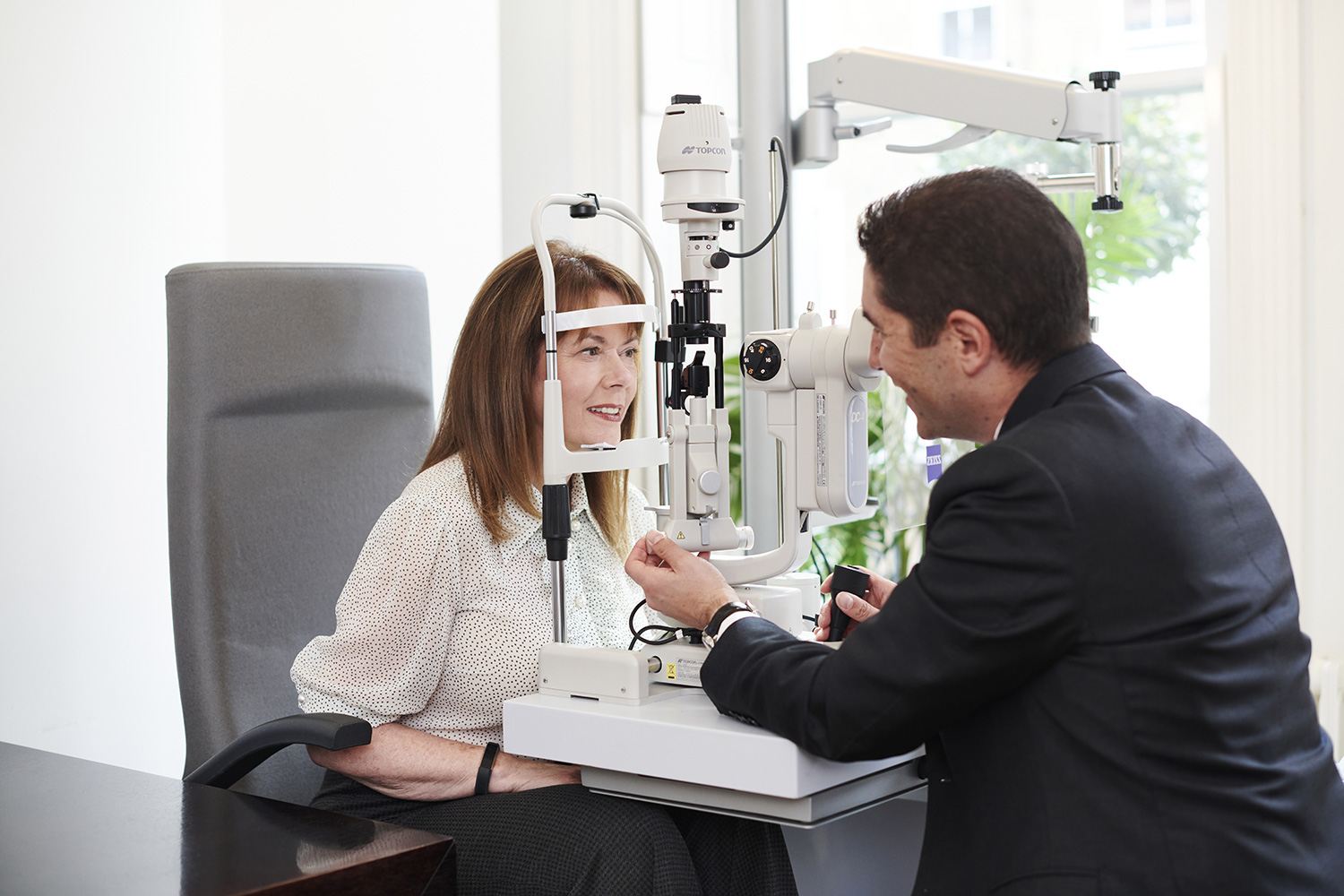Hyperopia (Long-sightedness)
Hyperopia – known more commonly as long- or far-sightedness – occurs when the eyeball is too short or the cornea is too flat.
In contrast to myopia (short-sightedness), hyperopic eyes focus light beyond the retina. This causes near vision to become blurred while distance vision is unaffected.
Younger people with this refractive error can often make up for this abnormality as their eyes are able to ‘self-focus’. By utilising their ‘zoom’ function which is intended for close-up tasks such as reading, the eyes can compensate for the blurriness. However, the ‘zooming ability of the eye gradually weakens as we age. As a result, many people with hyperopia find that their vision gets worse as they get older.
Individuals with hyperopia may also find that they need reading glasses earlier – often before they reach 40. This means that they may require glasses or contact lenses that accommodate both near and distance vision (bifocals).
In many cases, Laser Eye Surgery can be effective at treating hyperopia. This involves changing the shape of the cornea to adjust the way light is directed at the retina. Laser Eye Surgery can also correct ageing eyes (presbyopia).

